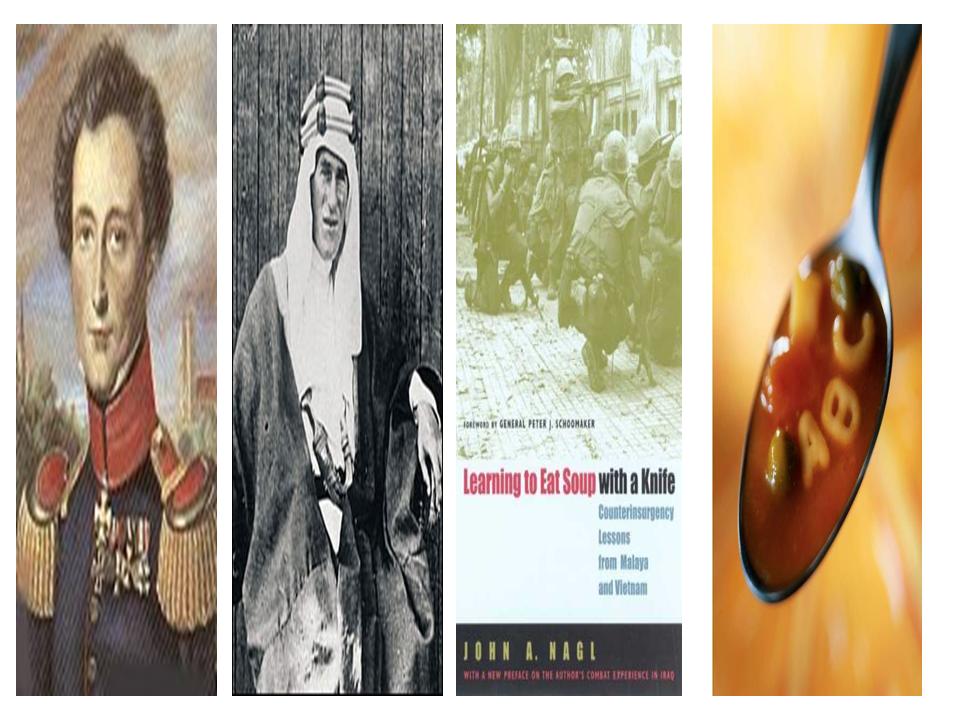May.06.2010
by Ed Beakley
Teams of Leaders: Stand-up of The Center for Collaborative Leadership in Healthcare
This is an Essential Element of Information for a Culture of Preparedness post
The Teams of Leaders (Tol) concept introduced in the book America’s Army; A Model for Interagency Effectiveness by retired Army Generals Frederic Brown and Zeb Bradford has been a point of discussion and thread through many articles and posts on both this blog and the main “e-zine” website. (See Edition 7 in the Archives for links to the primary articles). Now through hard work by PWH advisor and author of many of the articles discussing TOL in a homeland security context, Dag von Lubitz, along with leaders at Central Michigan University and the University of Western Ontario, The Center for Collaborative Leadership in Healthcare is underway with a new website defining their mission, capabilities, and future plans.
As a refresher, from the site introduction,
Teams of Leaders (ToL) is an approach for rapidly building and effectively employing cross-boundary teams that are highly competent in making and executing decisions and in learning and adapting together. The ToL approach helps the leader-teams to gain a common understanding of the situation and requirements, develop shared purpose, trust and confidence, and reach a higher level of performance faster. Cross-boundary teams today consist of leaders from different organizations brought together to leverage the expertise, experience, and resources of their entire organization.
The mission of the Center is three-fold: to explore, educate, and provide expertise on all issues related to collaborative, ToL-based leadership nationally, internationally, and globally under conditions of day-to-day routine operations, and on demand whenever and wherever services of the Center shall be required.
The Scientific Director is Dr. Dag von Lubitz, Adjunct Research Professor, College of Health Professions, Central Michigan University. Leadership from Central Michigan University is Dr. Steven Berkshire. Director, Doctor of Health Administration Program, College of Health Professions, Central Michigan University; and from The University of Western Ontario, Dr. Candace Gibson, Associate Professor, Department of Pathology, Schulich School of Medicine & Dentistry.
As discussed in the current PWH e-zine edition on implementation of TOL in EUCOM, ToL policies, programs and practices are equally applicable across military or civil, governmental and nongovernmental organizations. Originally developed to serve in the military world of joint, inter-agency, inter-governmental, multinational JIIM teams it is exceptionally well suited for the same type of global activities executed by agencies and organizations of civilian corporations. This is the first formal translation in a non-military context.
In every sense, as defined, this is an important INTERSECTION.
Filed in Adaptive Leadership,Announcements,Culture of Preparedness,Medici Effect | Comments Off on Teams of Leaders: Stand-up of The Center for Collaborative Leadership in Healthcare









